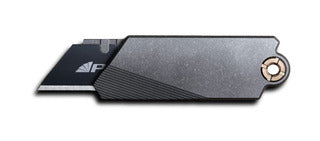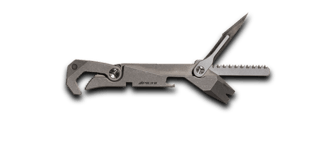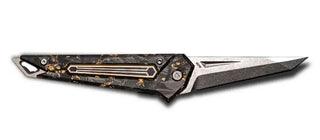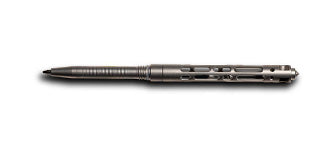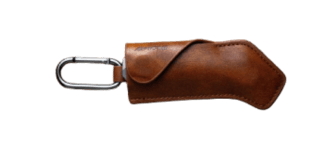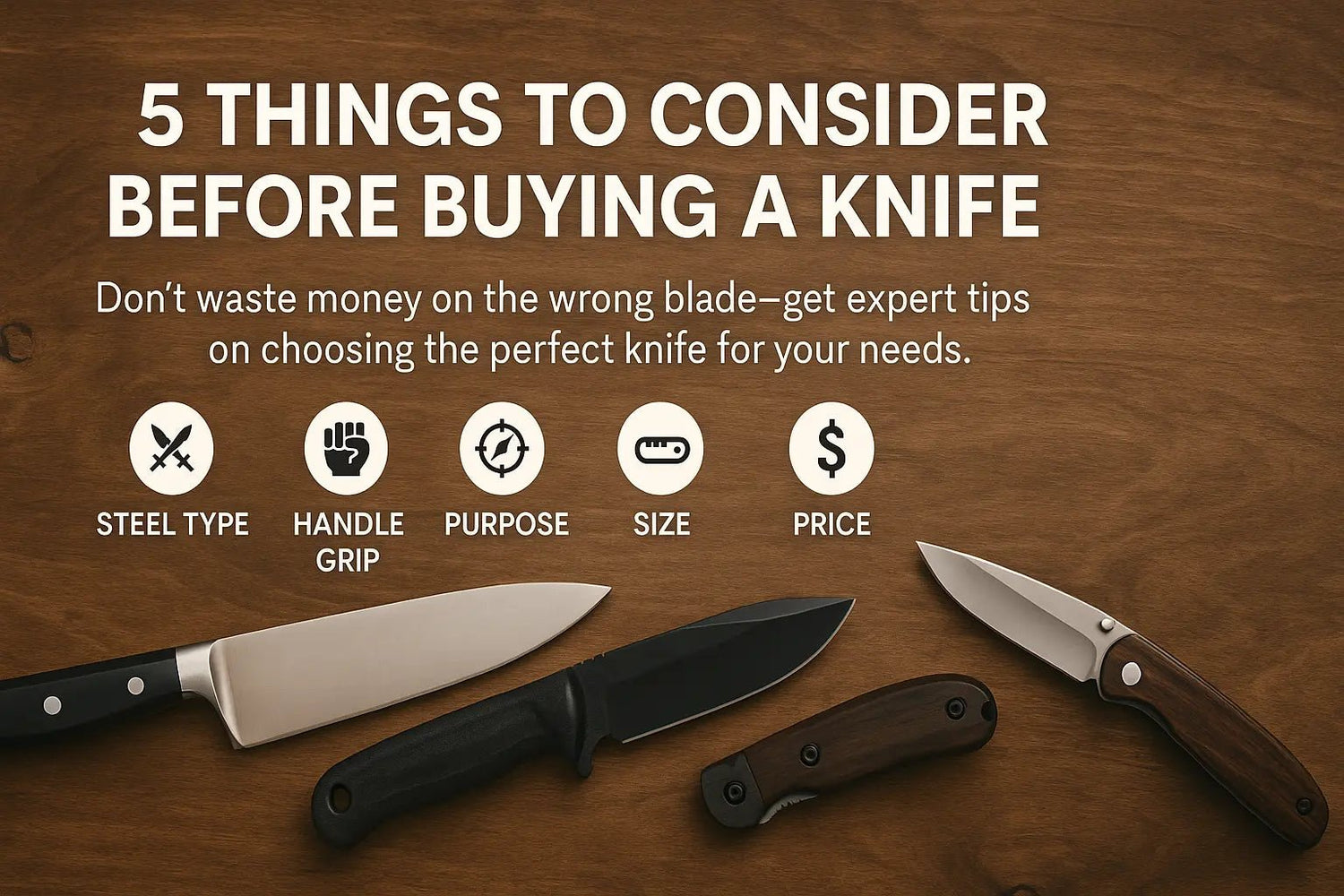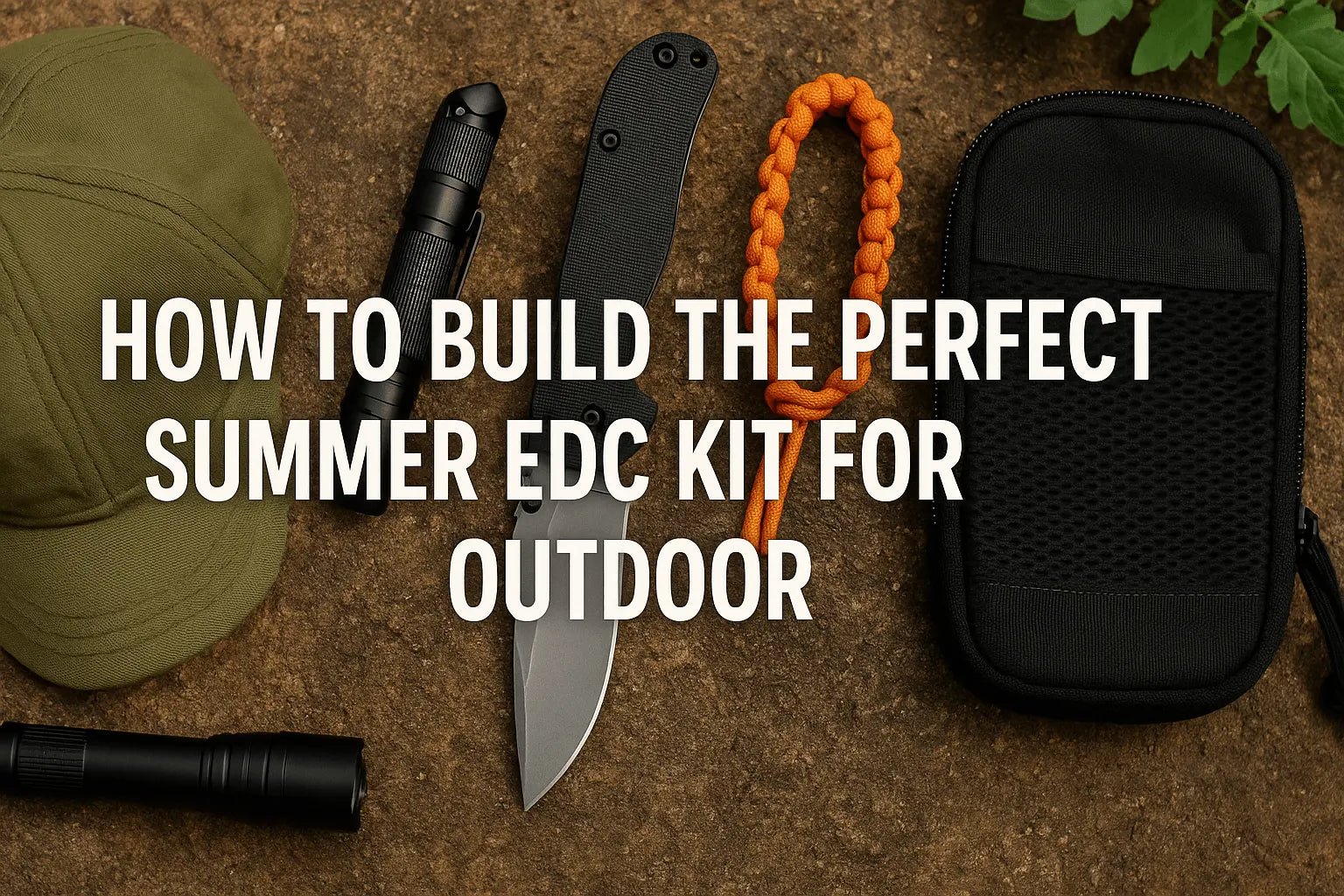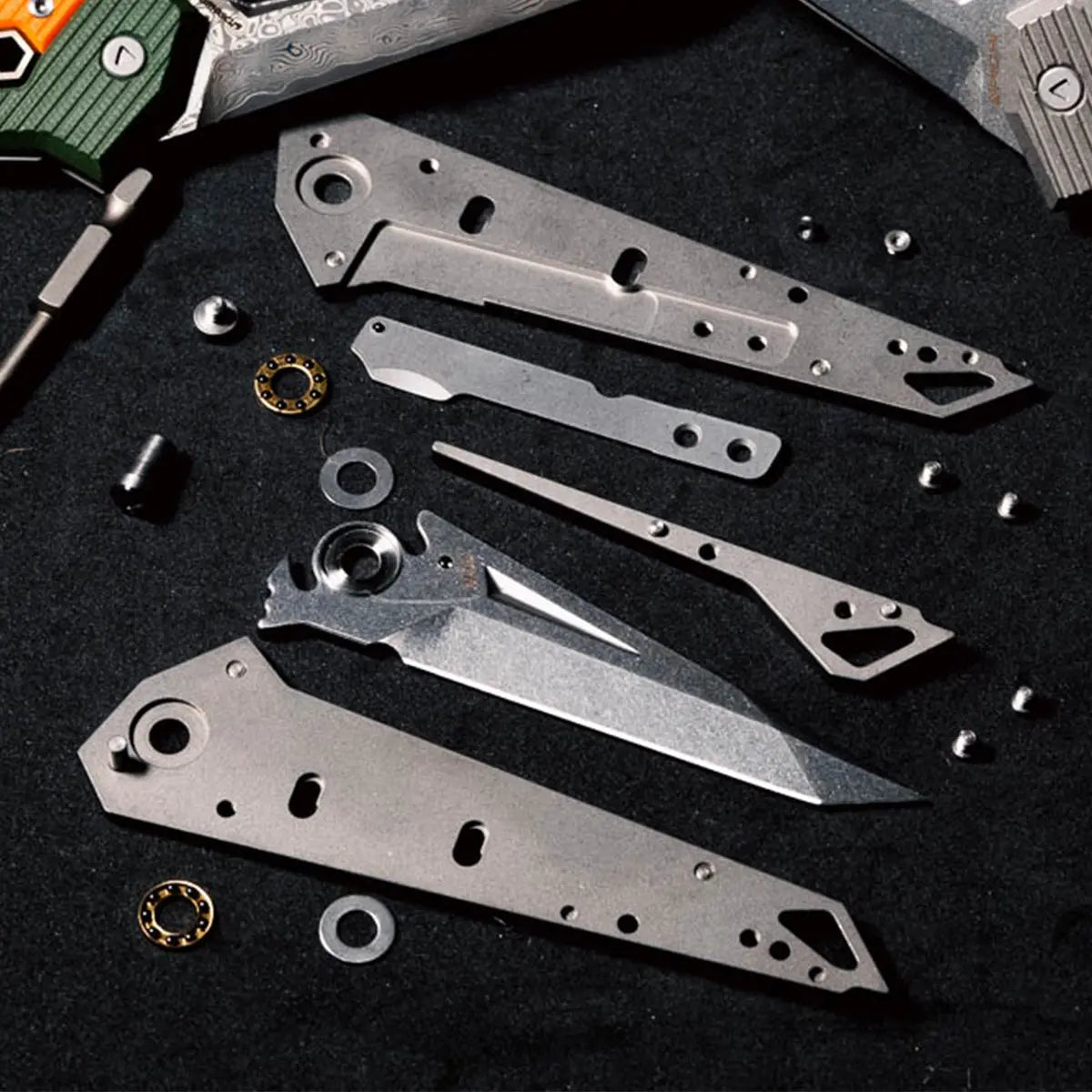Choosing the right EDC (Everyday Carry) knife is more than just picking something sharp, it’s about finding a tool that matches your lifestyle, complements your daily needs, and reflects your values in build quality, portability, and reliability.
At PICHI Design, we’ve spent over a decade crafting premium titanium knives for discerning users who demand performance and elegance in one package. Our products have gained attention across major social platforms like Reddit and Discord from the EDC group, and our latest KAMETA EDC knife was successfully featured on Kickstarter, attracting 168 backers in a short span after launch."
If you’re shopping for your first EDC blade or looking to upgrade, here are five critical factors you should always consider before making a purchase.
1. Blade Steel: It’s More Than Just Sharpness
The steel used in your knife blade determines how well it holds an edge, resists corrosion, and how often it needs sharpening. For everyday use, these attributes are non-negotiable.
Key Steel Properties to Look For:
-
Edge retention (stays sharp longer)
-
Corrosion resistance (important for humid or coastal regions)
-
Toughness (resists chipping or breaking under stress)
At PICHIi Design, we use VG-10 steel, a Japanese high-end stainless steel known for its long-lasting sharpness, excellent rust resistance, and easy maintenance, making it ideal for EDC users who want top-tier performance with minimal fuss.
💡 Pro Tip: Avoid budget knives with mystery steel (“440A”, “surgical steel”) — they tend to dull quickly and are hard to re-sharpen properly.

2. Size & Weight: Pocketable, But Powerful
One of the defining traits of an EDC knife is portability. But that doesn’t mean you should always go with the smallest option — it’s about balance.
Consider:
-
Blade length: 2.5" to 3.5" is the sweet spot for everyday tasks.
-
Overall weight: Aim under 4 oz for pocket comfort.
-
Handle ergonomics: It should feel secure, even during long use.
Our Kameta Series folding knives are crafted with Grade 5 titanium handles, offering unmatched strength-to-weight ratio, and a secure grip that fits naturally in your hand — compact, yet tough enough to handle utility, food prep, and more.

3. Locking Mechanism: Safety First
A good EDC knife must be reliable when open and safe when closed. The lock mechanism plays a key role in how the knife performs under stress — and how quickly you can deploy or close it.
Common Lock Types:
-
Frame Lock – Used in Kameta knives. Strong, simple, and easy to clean.
-
Liner Lock – Popular and lightweight, but can be less durable over time.
-
Axis/Bar Lock – Ambidextrous and very secure, often on larger knives.
Don’t overlook lock type — it directly affects both one-hand usability and long-term safety.

4. Build Quality & Materials: Durability Starts at the Core
EDC knives see daily wear — from cutting open packages and cords to occasional food prep and camping chores. That means materials and construction quality make or break your knife’s lifespan.
What to Look For:
-
Titanium or G10 handles: Lightweight, strong, corrosion-proof.
-
Precision machining: Look for tight tolerances, smooth pivots, flush screws.
-
Replaceable parts: Can you swap screws, clips, or washers?
PICHI’s knives are machined in small batches, with an obsessive focus on fit, finish, and smooth deployment. Our titanium handles won’t rust, warp, or fail — and we design with field-serviceability in mind, so your gear lasts a lifetime.
5. Legal Considerations: Know Your Local Laws
Knife laws vary widely by country, province, and even city. In Canada, for example, spring-assisted knives or automatic opening blades are prohibited, but manual openers like our Kameta Series are fully legal to carry and own.
Before You Buy:
-
Check blade length restrictions in your area.
-
Avoid assisted-opening or switchblade-style mechanisms unless permitted.
-
Make sure your knife can be legally carried in public (folding knives are safest bet).
PICHI Design exclusively offers USA / CANADA legal EDC tools to give peace of mind to users who want quality gear without worrying about local restrictions.
Summary: Choosing the Right EDC Knife
Here’s a quick checklist to run through before you buy your next EDC knife:
|
Factor |
What to Check For |
|
Blade Steel |
VG-10, S30V, or D2 for long-lasting sharpness & rust resistance |
|
Size & Weight |
2.5–3.5" blade, under 4 oz, ergonomic grip |
|
Lock Mechanism |
Secure frame or liner lock for daily use |
|
Build Quality |
Titanium/G10 handles, precision machining, solid clip |
|
Legal Compliance |
Manual open, non-assisted, folding design |
Shop PICHI Design's Top-Selling EDC Knives
-
Kameta Folding Knife – Ultra-light titanium folder with VG-10 blade.
-
G9 Titanium Utility Knife – Perfect for everyday worksite and warehouse use.
Whether you’re a minimalist urban commuter or a weekend bushcrafter, PICHI’s EDC lineup offers rugged, refined solutions for every lifestyle.
FAQs: Buying an EDC Knife
Q1: Is VG-10 a good steel for EDC knives?
Yes — it offers an ideal balance of edge retention, corrosion resistance, and ease of sharpening, especially for daily tasks.
Q2: Are frame lock knives better than liner lock?
Frame locks are generally stronger and more durable long-term, especially in titanium builds like those from PICHI.
Q3: Can I carry a folding knife in Canada?
Yes, as long as it’s manually operated, not spring-assisted, and doesn’t open automatically or by gravity.
Final Thoughts
Investing in the right EDC knife isn’t about trends — it’s about choosing reliability, craftsmanship, and confidence. With the right knife, your EDC isn’t just gear — it’s a daily companion.
Explore our full lineup at https://pichi.ca and gear up with Canadian-engineered tools built for everyday life.
